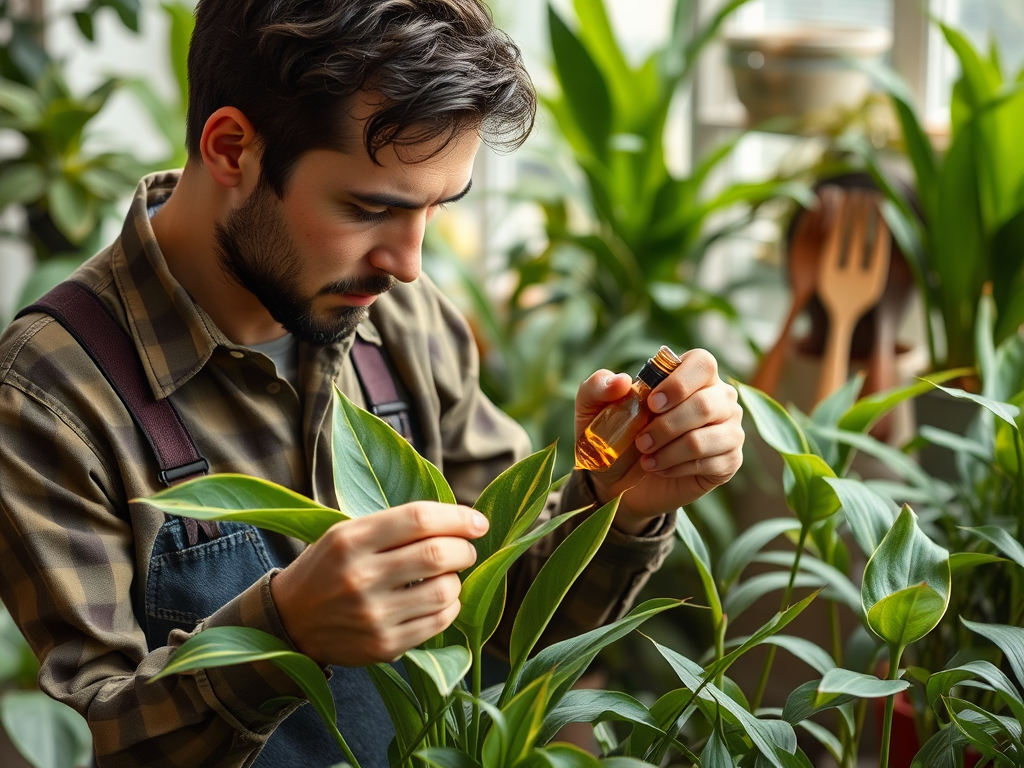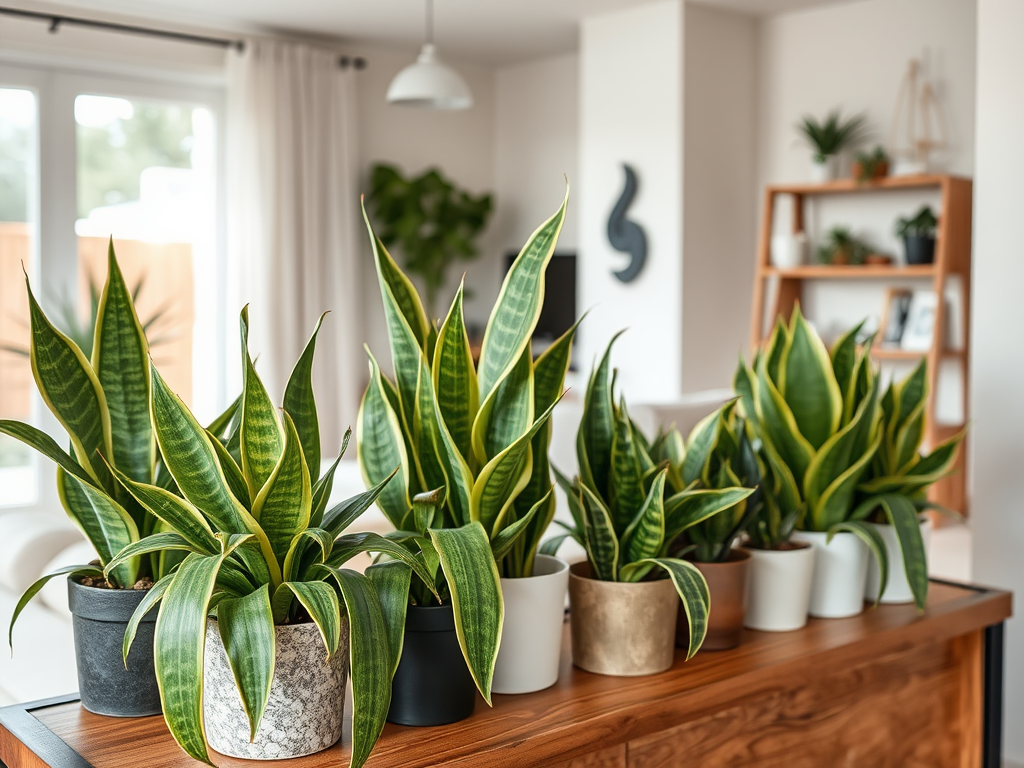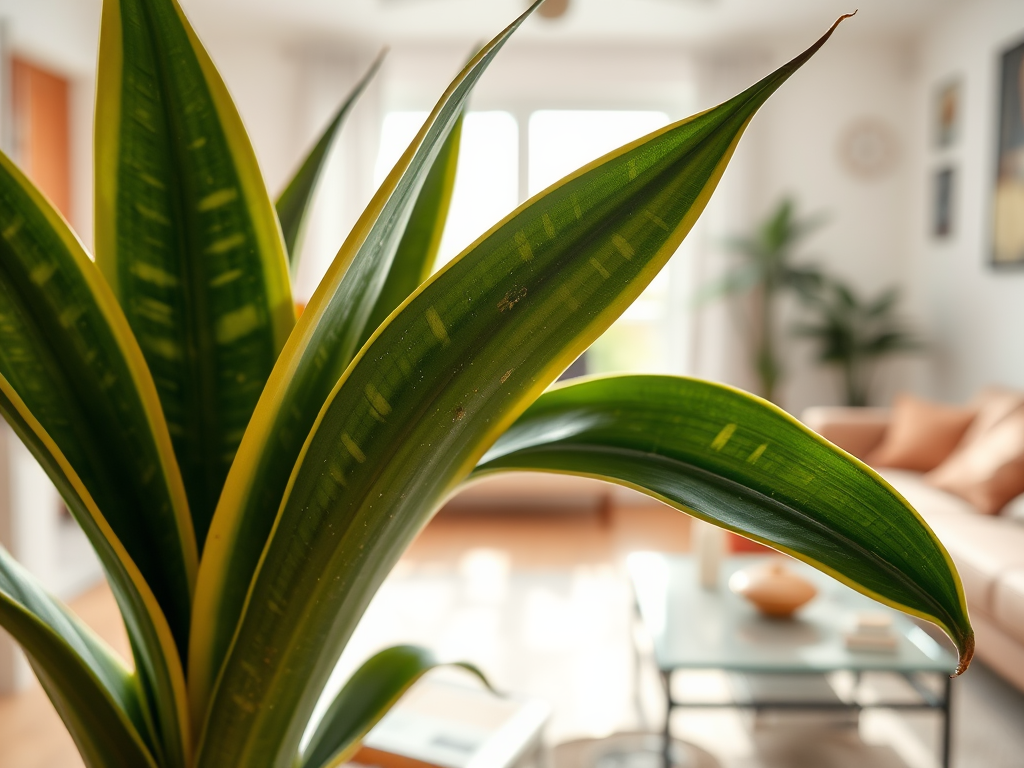How to Identify and Treat Common Pests on Snake Plants
Snake plants, often celebrated for their striking architectural foliage and low-maintenance nature, can be a joy to have in any indoor setting. However, the very characteristics that make them appealing also make them a target for various pests. When infested, your snake plants can suffer dramatically, leading to faded colors, stunted growth, and ultimately, plant demise. Understanding how to recognize these pests and address them immediately can save your beloved plants and enhance the overall aesthetics of your home. In this guide, we will delve into the common pests that accompany snake plants and explore treatment options that can help keep these vibrant plants thriving.
To comprehensively tackle the issue, let’s first identify common pests that can wreak havoc on your snake plants. Pests such as spider mites, mealybugs, and scale insects are known for their stealthy approaches. They often invade undetected, causing gradual but significant damage. Taking a proactive approach is critical if you want to maintain the health and beauty of your snake plants throughout the year. Identifying these nuisances in their early stages can prevent larger infestations and preserve the vitality of your verdant companions.
Common Pests Affecting Snake Plants

Understanding which pests can target your snake plants is the first step in preventive care. Here, we’ll discuss the most common pests that may invade your plants.
Spider Mites
Spider mites are nearly microscopic, making them challenging to spot until they’ve begun their damage. They thrive in warmer and drier conditions, often leading to discoloration and webbing. Regular monitoring, especially during the warmer months, can help catch these pests before they multiply. Spider mites suck the sap from the leaves, resulting in a distinct yellowing and curling that can severely misrepresent the plant’s beauty. If left unattended, they can cause significant leaf drop. Effective treatment involves adjusting the humidity and applying appropriate insecticidal products.
Mealybugs
Mealybugs are notorious for being particularly troublesome. Characterized by their fuzzy white appearance, they often gather in clusters on leaf joints and undersides. Their sap-sucking habits lead to yellowing leaves and can sap the overall vigor of your plant. Regular inspections can help identify mealybugs before they spread. In extreme cases, these pests may even attract ants that feed on the honeydew they secrete. Keeping the affected areas clean can minimize their population.
Scale Insects
Scale insects appear as small, discolored bumps on foliage. Their hard shell makes them difficult to eradicate, and they often go unnoticed until damage becomes observable. They can slow down the growth of your snake plants and lead to more severe issues if not treated. Early intervention is key. You might need a combination of mechanical removal and chemical treatments to tackle these pests effectively.
Signs of Pest Infestation

Identifying an infestation early can help you take appropriate action. Watch for these common signs indicative of a pest problem:
- Yellowing or wilting leaves
- Webbing on and between the leaves
- Sticky residue on leaves (honeydew)
Additionally, your awareness could be sharpened by monitoring your plants for:
- Small white cotton-like masses
- Presence of ants, which often signal a mealybug or aphid issue
- Unusual stunted growth patterns
| Pest Type | Appearance | Damage Indication |
|---|---|---|
| Spider Mites | Tiny, often red or brown | Webbing, yellowing leaves |
| Mealybugs | White, cottony clusters | Wilting, sticky leaves |
| Scale Insects | Small, hard bumps | Stunted growth, leaf damage |
Recognizing these symptoms early is paramount to prevent further damage to your snake plants. Your response should be prompt to avert significant infestations.
Treatment Methods for Common Pests
Once you’ve identified the pest affecting your snake plants, it’s time to treat them. Here are effective methods for different pests. Choosing the right option can vary based on your preferences, so let’s look at some common treatments.
- Neem Oil: A natural pesticide effective against various common pests, including spider mites and mealybugs.
- Soap Spray: A mixture made from water and mild soap can help suffocate soft-bodied insects.
- Essential Oils: Certain essential oils can act as pest repellents. Consider tea tree or peppermint oil as alternatives.
Natural methods may be gentler on the plant and environment but ensure to follow application recommendations to avoid any adverse effects. However, if these remedies do not yield results, chemical treatments using insecticides may become necessary. In this case, always follow the manufacturer’s instructions for application to ensure both effectiveness and safety.
Preventive Measures
To keep your snake plants healthy and pest-free, implement these preventive strategies:
- Regular Inspection: Check your plants frequently for early signs of infestation.
- Proper Watering: Overwatering can attract pests, so ensure your snake plant has well-draining soil.
- Clean Leaves: Wipe down the leaves regularly to remove dust and potential pests.
By making these preventive measures a part of your snake plant care routine, you can significantly reduce the risk of pest infestations.
Conclusion
Identifying and treating pests on your snake plants is crucial for their longevity and health. By recognizing the signs of infestation and employing effective treatment and preventive measures, you can ensure your plants thrive beautifully in your home. The key is persistence—monitor your plants, stay vigilant about their health, and take action at the first signs of trouble. This diligence will reward you with vibrant, thriving snake plants that enhance the beauty and air quality of your living space.
Frequently Asked Questions
- What are the most common pests on snake plants? Spider mites, mealybugs, and scale insects are the most common pests that affect snake plants.
- How can I tell if my snake plant has a pest problem? Look for yellowing leaves, webbing, white cotton-like masses, sticky residue, or ants.
- What is the best natural remedy for pests on snake plants? Neem oil and soap sprays are effective natural remedies for treating pests.
- Can pests harm my snake plant? Yes, pests can cause damage by sucking sap, leading to weak, unhealthy plants.
- How can I prevent pests from infesting my snake plants? Regularly inspect your plants, avoid overwatering, and clean the leaves to minimize dust and grime.
